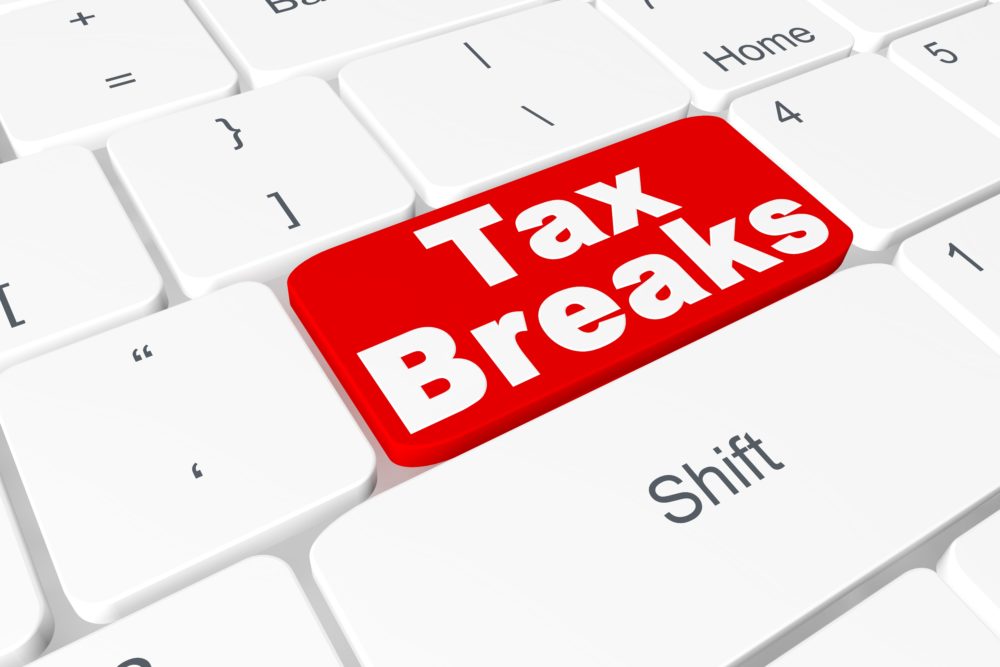Paul Webb, tax partner at accountancy firm RJP, offers some advice on how to maximise tax relief.
HMRC are constantly on the lookout for ways to close tax loopholes and increase their overall tax revenues. Already this year, the Treasury issued another consultation document entitled ‘Capital Allowances for Fixtures’ which explained how they intend to review these rules in their favour.
If you have bought, built, refurbished or renovated commercial premises and still own the building, you should understand the proposed changes and act as appropriate. It may be that your ability to claim tax relief for capital allowances expenditure is otherwise significantly diminished in the future.
Background to capital allowances
Capital allowances are a valuable form of tax relief available primarily to those investing in plant and machinery for business use. Within commercial properties including factories, retail units, offices and hotels, capital allowances available on fixed items within the building can be significant.
According to HMRC’s definitions, fixtures will include items such as lifts, water installations, air-conditioning units, sanitary fittings as well as general mechanical and electrical installations.
Under the current rules, property investors can claim capital allowances for historically purchased fixtures provided the item is still owned and used in the business. Therefore, even if a property was purchased 20 years ago and the owner had not previously claimed capital allowances, they could potentially make a significant claim for taxation relief.
The level of tax relief allowable varies depending on the property type and specification, with typically 20-30 per cent of the purchase or refurbishment expenditure qualifying for capital allowances.
What will be changing? In HMRC’s latest consultation document, they are suggesting the introduction of a ‘Mandatory Pooling’ rule which would require property investors who wish to claim capital allowances on fixtures to identify and ‘pool’ the items within a specified time limit (one or two years).
Property owners that failed to do this would lose the ability to make retrospective claims for expenditure incurred in the past. It is therefore important to take action and protect yourself from this possibility.
How might this change affect you financially?
The Widget Company Limited purchased a new office building during 2010 for £5 million. Capital Allowances relating to fixtures of the property have been identified as being worth £1.25 million, providing cash tax relief at 26 per cent of £325,000.
The Widget Company Limited has tax losses brought-forward of £500,000 and is not expected to pay tax until 2013 at the earliest. Under existing capital allowances rules, they would be able postpone a capital allowances claim as long as they still owned and used the item.
But under the new rules, unless they had identified and ‘pooled’ all available allowances within one or two years (to be confirmed) of acquisition, the capital allowances would be lost entirely – thereby costing the company £325,000 in unused tax relief.
Therefore, if you have bought, built, refurbished or renovated commercial premises and still own the property, have the expenditure reviewed for qualifying items before the opportunity to benefit from the tax relief disappears.






